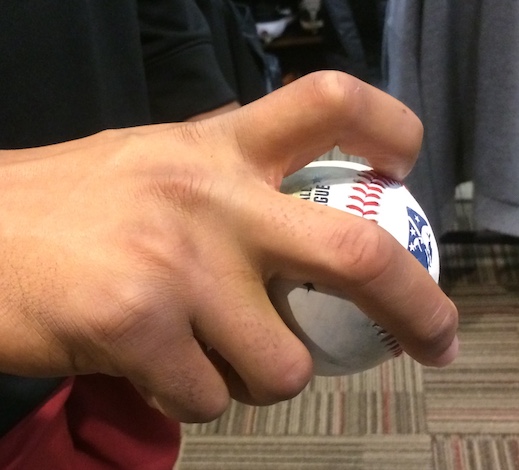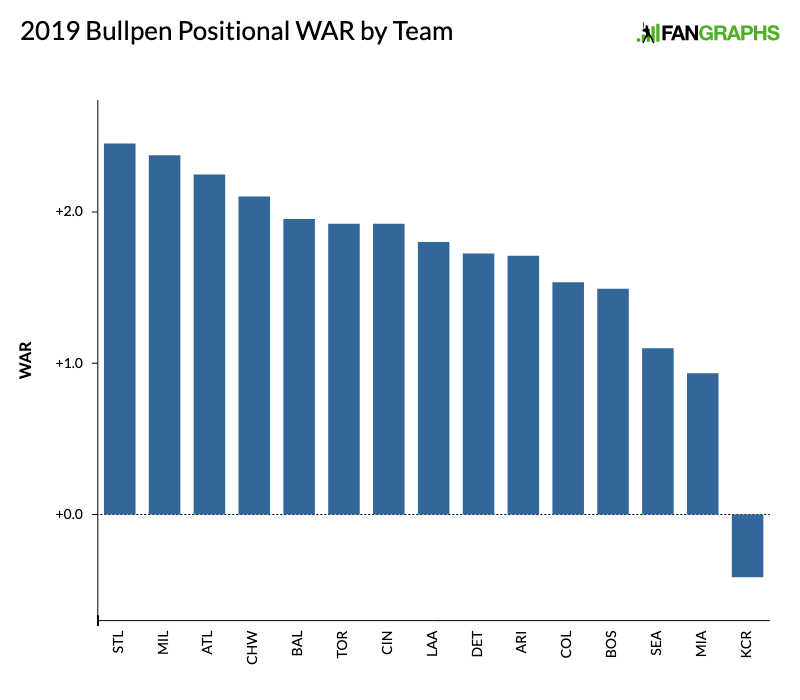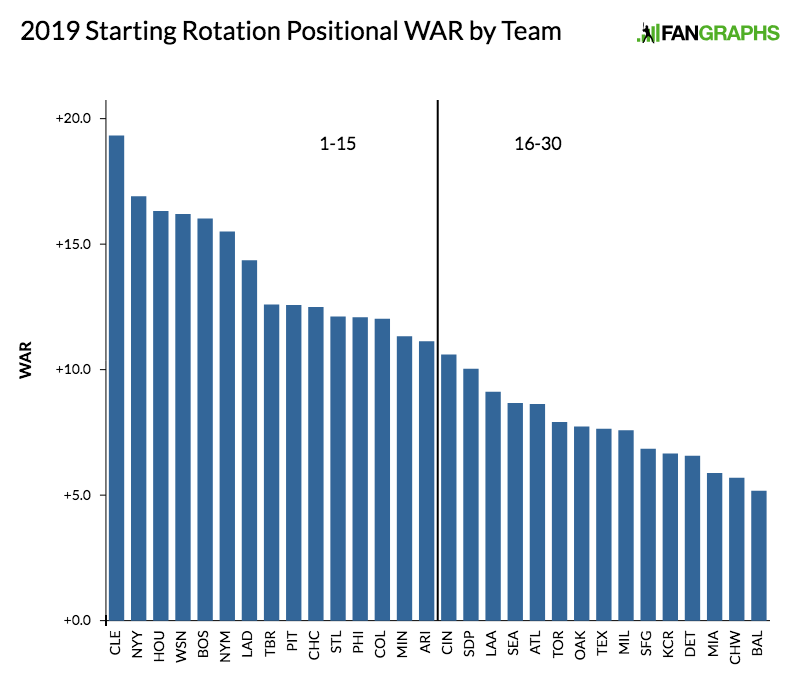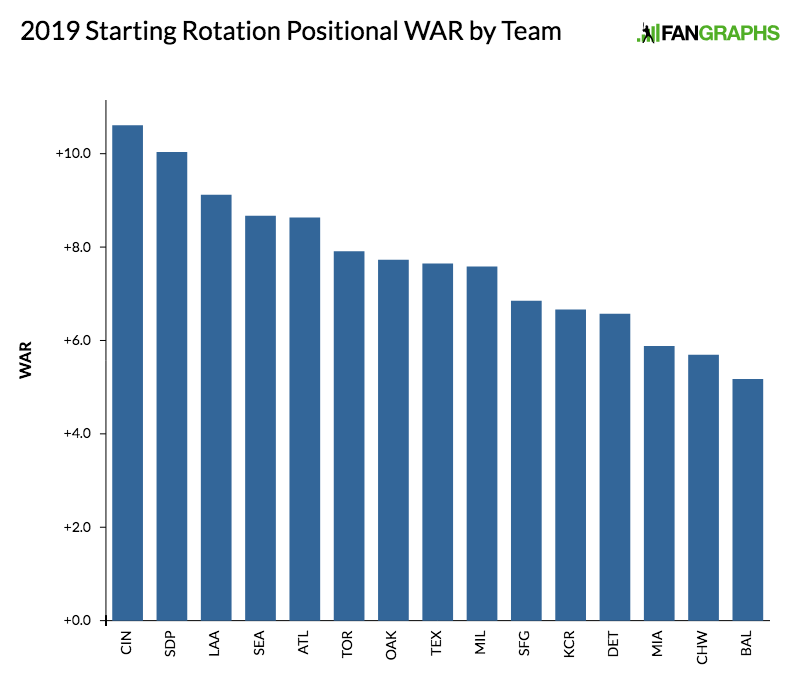Where Chris Sale’s extension provides a long-awaited windfall for a pitcher who has been significantly underpaid for years, Justin Verlander’s puts him back near the top of the pay scale. The 36-year-old Astros righty, who could have become a free agent after this season, has agreed to a two-year, $66 million extension that will take him through the 2021 season. The deal’s $33 million average annual value surpasses that of every pitcher but Zack Greinke, whose $34.417 million per year actually has an AAV of just $32.5 million for Competitive Balance Tax purposes.
Verlander is currently in the final guaranteed year of a seven-year, $180 million extension that was the largest ever for a pitcher at the time it was signed with the Tigers in March 2013. That deal surpassed the seven-year, $175 million pact of Felix Hernandez, and trailed only Roger Clemens’ one-year, $28,000,022 million contract for 2007 in terms of AAV. Clayton Kershaw, Max Scherzer, David Price, and Greinke have since surpassed both the size of Verlander’s old deal and the AAV of Clemens.
What’s keeping Verlander near the top of the pay scale, of course, is performance. Thanks in part to an increase in slider usage and an accompanying decrease in the pitch’s velocity — producing a larger separation from a fastball that still averages 95.4 mph according to Pitch Info — he’s pitching about as well as he has at any point in his 14-year major league career. In 2018, his 214 innings, 290 strikeouts, 34.8% strikeout rate, 30.4% K-BB%, and 6.7 WAR all led the American League, while both his 2.52 ERA and 2.78 FIP ranked third. His strikeout total set a career high and marked the fifth time he’s led the league, while his strikeout and walk rates (4.4% for the latter), their differential, and his FIP were all career bests. His ERA was his lowest mark since 2011, when he won both his lone Cy Young award and the AL MVP, and his WAR was his highest mark since 2012. For the second time in three years, and the third time in his career, he finished as the runner-up in the Cy Young race.
Over that 2016-18 span, a period that represents a rebound from a two-year dip that suggested his time as an ace had passed, Verlander led the majors in starts (101) while ranking second in innings (647.1), third in strikeouts (763), fourth in WAR (16.3), and fifth in K-BB% (23.1%). His surge has pushed him past the 200-win mark and towards the 3,000 strikeout milestone (he’s at 2,706) while strongly advancing his Hall of Fame case (he could surpass 2019 honoree Roy Halladay in the JAWS rankings this year). His return to ace form helped the Astros win their first World Series in 2017 — Verlander pitched to a 2.21 ERA in five starts and one relief appearance that fall, winning ALCS MVP honors — and set a regular season wins record (103) in 2018 while advancing to the ALCS.
With the Astros geared to contend for another championship, it’s no wonder that they want to keep the pitcher, whose August 31, 2017 arrival from the Tigers helped put them over the top, around for even longer, and it’s no wonder he wants to stay. “I wasn’t scared of free agency or what’s going on. I just thought this was a good situation,” Verlander said on Sunday. “If it ain’t broke, don’t fix it.”
The Astros aren’t broke or broken, but nonetheless, Verlander’s wording is striking, because in February, while the free agencies of Bryce Harper and Manny Machado appeared to be stalled, and so many other players were unsigned, he was openly critical of the current state of affairs, calling the system “broken.”
Verlander isn’t the only star who has expressed concern about the state of free agency this winter on Twitter. Jake Arrieta (here), Sean Doolittle (here), and Evan Longoria (here) come to mind as well, and many more have made their feelings known through reporters when it comes to the inefficiencies in the game’s economic structure. One can read Verlander’s decision to re-sign with the Astros as wariness of entering the free agent market, but as with Sale re-upping in Boston, it’s not hard to imagine either player looking at their current surroundings, seeing a perennial contender awash in resources, and deciding that they were in no hurry to depart, particularly while being well-compensated for staying.
For the players’ union, the decisions of Verlander, Sale, Nolan Arenado, Paul Goldschmidt, and Mike Trout to sign extensions with their current teams means fewer stars are available to raise the bar salary-wise in free agency since no other team is bidding directly on those players’ services. But this isn’t exactly new. According to Cot’s Contracts, 15 of the 30 largest contracts of all time (unadjusted for inflation) were signed as extensions, and the same is true for 15 of the top 29 (or 16 of the top 33, since four players are tied for 30th) in terms of AAV, with the aforementioned players near the top of at least one of the two lists. Adjusted for inflation (by Craig Edwards’ methodology), it’s 10 of the top 25 for the former.
For teams in search of that missing piece in free agency, the thinner inventory means a lower likelihood of wild spending, and could lead to changes in roster management strategies. Hypothetically speaking, if the Astros entertained thoughts of pursuing Sale — a dominant pitcher six years younger than Verlander — after this season, their desire to extend Verlander might be higher once the apple of their eye is off the market. In that light, will be interesting to see, for example, how the Yankees treat Aaron Judge (whom they’re said to want to extend) now that they know they won’t have a shot at Trout.
As it is, the free agent market after this season could still include Verlander’s teammate, Gerrit Cole; while he’s an extension candidate, recent talks between the Astros and his agent, Scott Boras, reportedly didn’t get far. Madison Bumgarner, Rick Porcello, Hyun-Jin Ryu, Zack Wheeler head the pitchers’ list, with Jake Arrieta, Yu Darvish, and Stephen Strasburg all holding opt-outs, and pitchers such as Chris Archer, Corey Kluber, and Jose Quintana having club options.
That actually looks like a deeper market than this winter, where Partrick Corbin, the still-unsigned Dallas Keuchel, Nathan Eovaldi, and Charlie Morton were the top starters on our Top 50 Free Agents List. But if, in theory, a lesser inventory isn’t just a cyclical development, well, it’s difficult to imagine too many fans bemoaning the decline of free agency as we know it, given the tendency of beloved homegrown players to depart for bigger-spending teams. Then again, one can only hear so many Twins fans complain about the salary of Joe Mauer or Reds fans about that of Joey Votto before wishing that those two stars had gotten their chances for even bigger paydays from the likes of the Yankees, Red Sox, Dodgers, or Cubs. Of course, the real issue is the expectation and tendency of teams to pay free agents for what they’ve already accomplished, rather than what they will accomplish; the players’ need to cash in given their vast underpayment (relatively speaking) in their pre-free agency years. Getting back to Verlander’s point, that’s quite clearly a system in need of a fix.
As for Verlander, the $66 million isn’t unreasonable as far as paying for what he might yet accomplish. He’s projected to produce 5.2 WAR this year according to our depth charts projections, and if we simply presume a half-win annual drop-off from there, and apply the conservative assumptions about the market ($8 million per win for this winter, with 3% inflation) that I’ve used in examining other extensions, that’s already an estimate of $74.4 million worth of production via 8.9 WAR. The break-even point under those conditions is about 8.0 WAR, and less if the dollars per win rate is higher. This isn’t that complicated.
For the Astros, retaining Verlander means guaranteeing the presence of at least one front-of-rotation type beyond this season, important given Cole’s pending free agency. The current unit is rounded out by Collin McHugh, Wade Miley, and Brad Peacock, all solid but unimposing, with prospects Forrest Whitley (number four on our Top 100 Prospects list), Joshua James (number 98) and Framber Valdez waiting in the wings, and Lance McCullers Jr. out for the year due to Tommy John surgery. Even with Verlander in the fold, that’s a lot of uncertainty heading into 2020. Meanwhile, Keuchel, a mainstay of the Astros’ rotation from 2012-18, remains a free agent.
So the Astros will have more to sort out regarding their rotation even having taken care of business with Verlander. Nonetheless, they’ve locked up one of the best in the game at a price that he should be pleased with.






 Dan Szymborski
Dan Szymborski